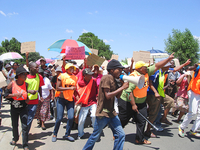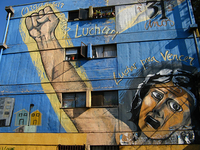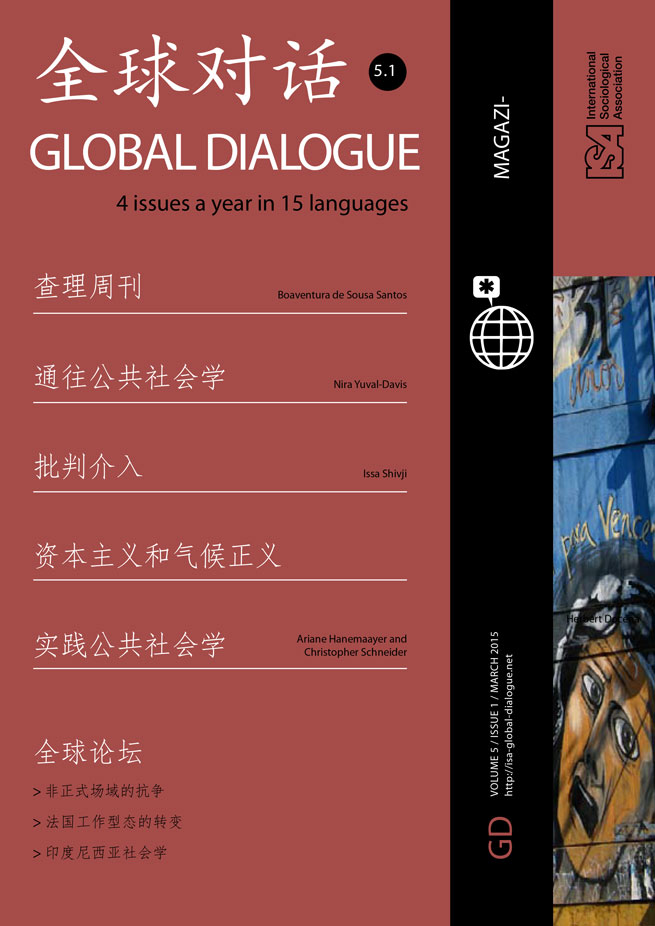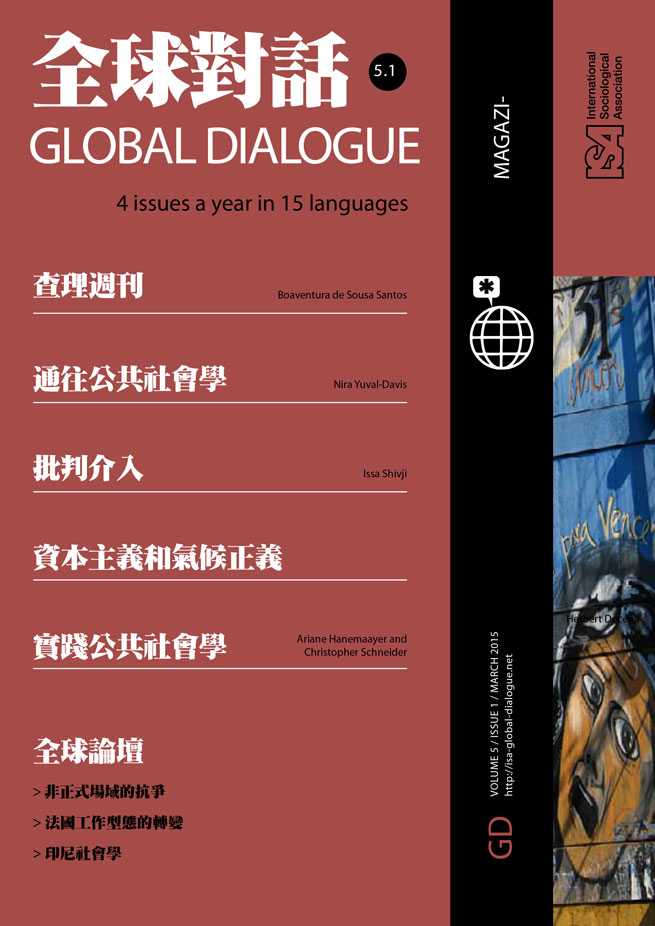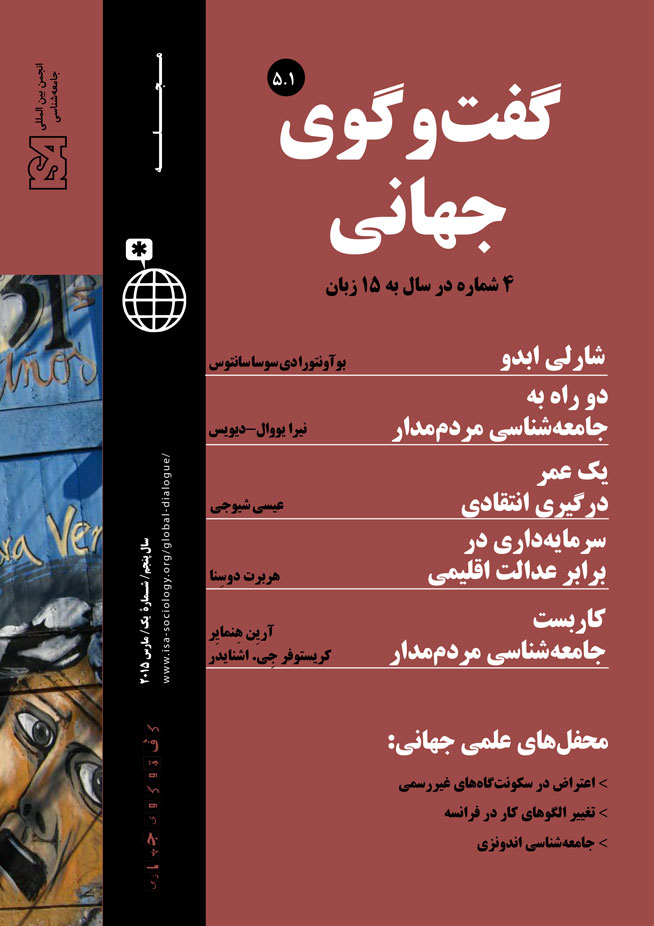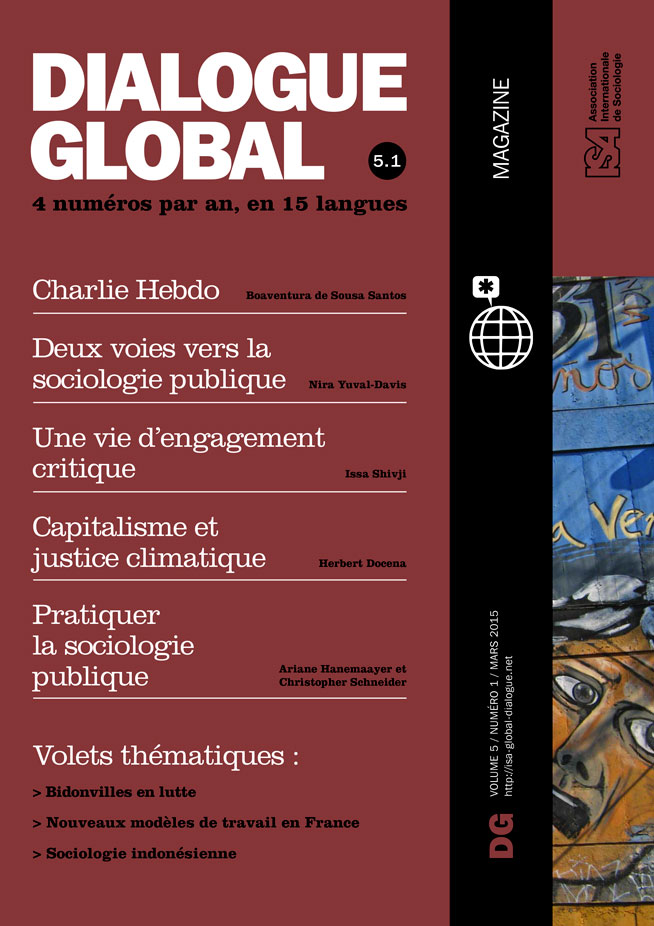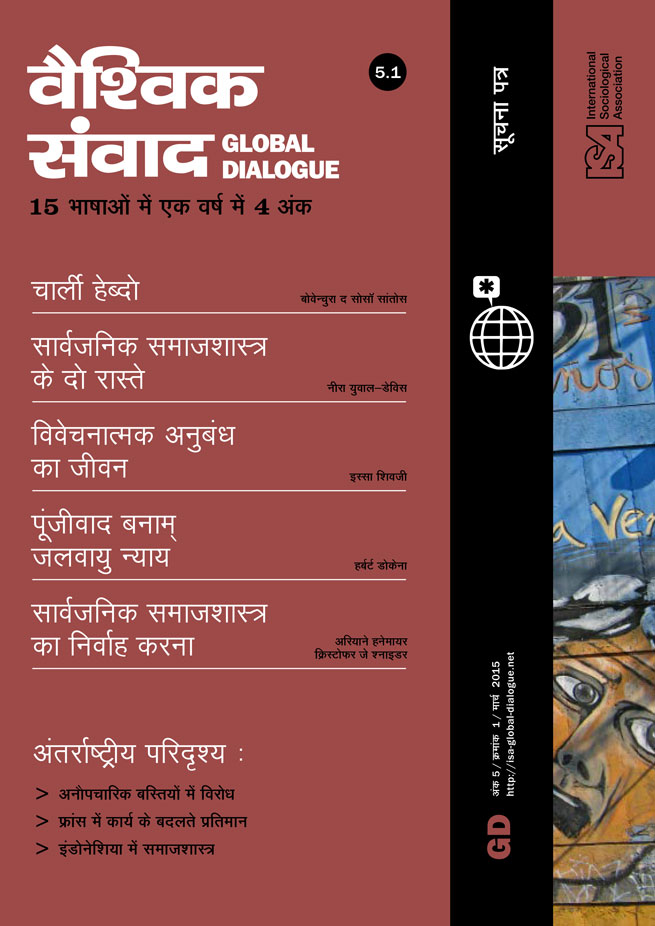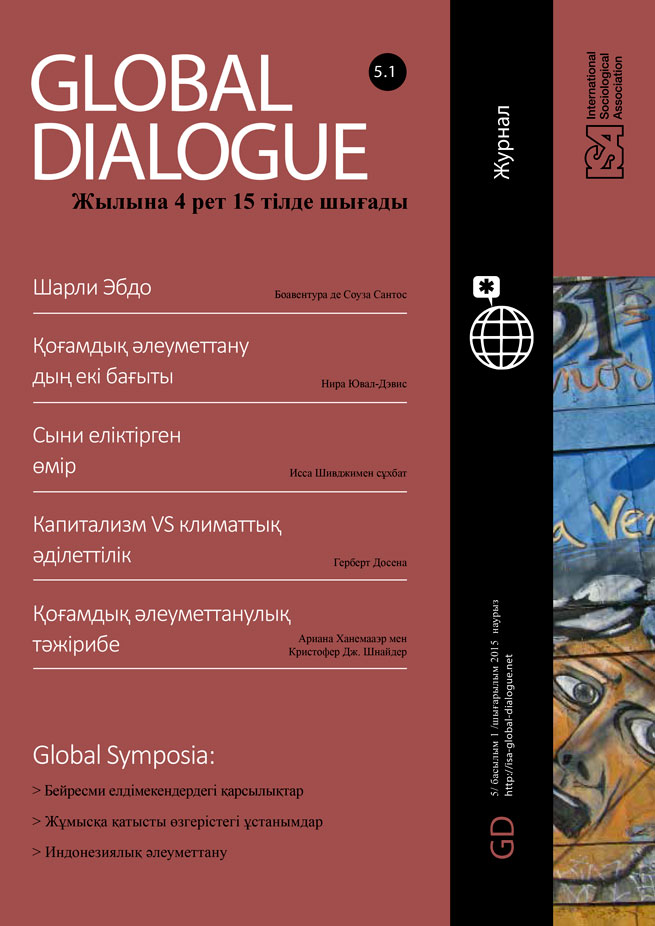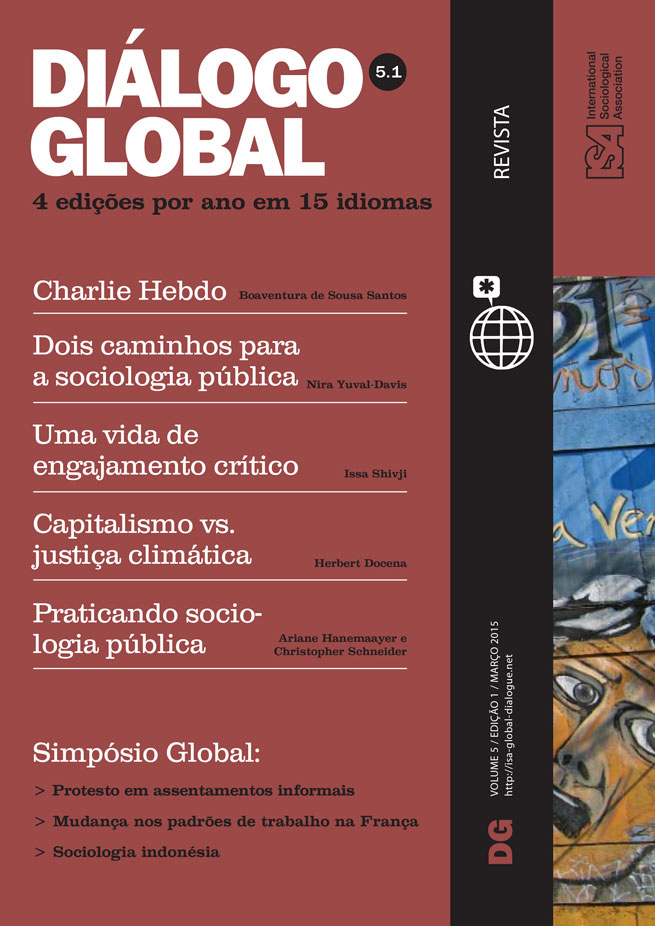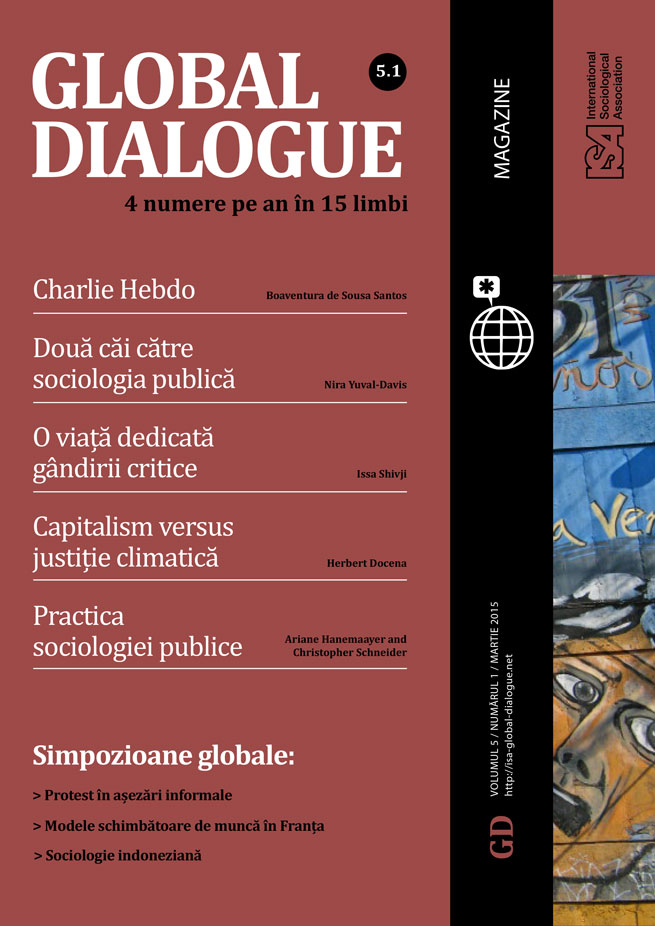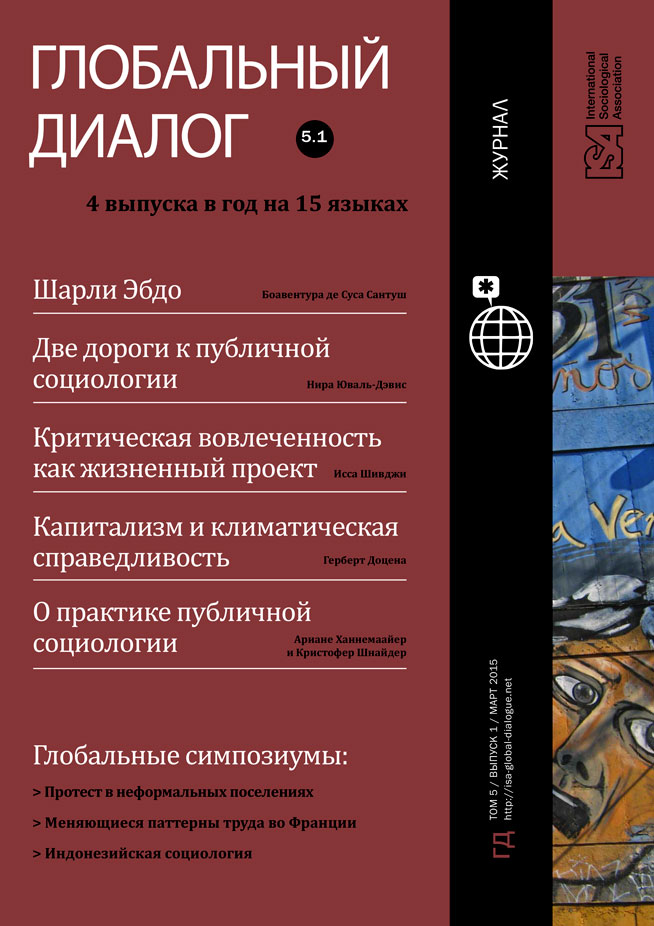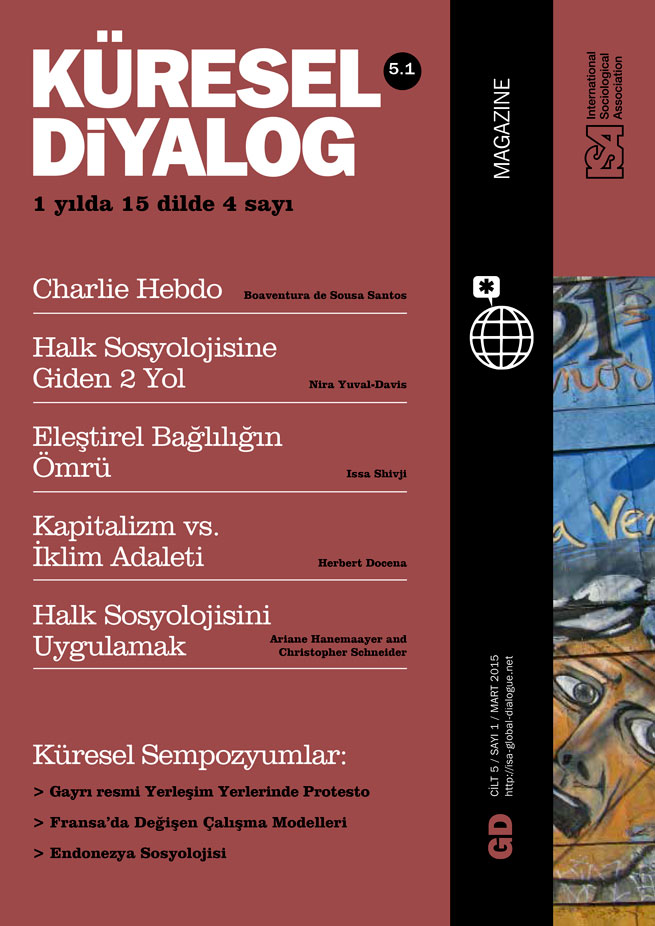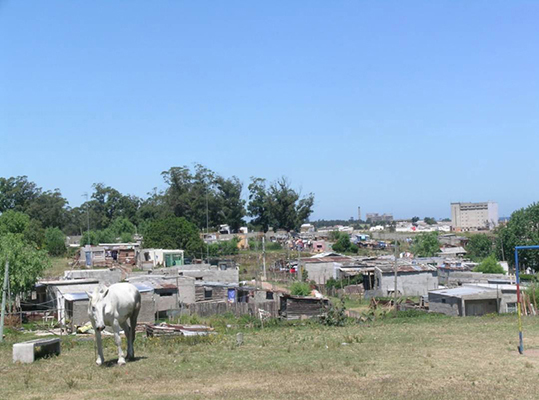Montevideo changed drastically during the last two decades of the twentieth century: in the confluence of neoliberalism and democratization, Uruguay’s capital city grew increasingly unequal and segregated. Perhaps the most visible change – if only the tip of the iceberg – was the growth of informal settlements.
Montevideo’s squatter areas went through changes that were both quantitative and qualitative. Informal settlements expanded dramatically, but paradoxically, they were increasingly planned. Structural conditions, such as persistent deindustrialization, poverty, state retrenchment, low real wages, and perhaps even more directly, rising rents undoubtedly lie behind these changes. Yet, the picture remains incomplete if we do not examine the role of politics as well as of economic changes – the surge in land invasions was also shaped by democratization and electoral competition.
While many think of squatting as a spontaneous process, a “natural” consequence of harsh economic conditions, a closer look at Montevideo reveals the importance of organization as political networks responded to political opportunities such as elections or decentralization.
In Latin America, the role of states and politics in shaping squatter settlements has long attracted attention in part because this relationship has been stronger than elsewhere. Yet Montevideo’s case is somewhat unusual, even in Latin America. Although land invasions-by-accretion, dubbed cantegriles, have occurred occasionally since the 1940s, the Uruguayan capital was able to absorb most rural migrants coming to the city during state-led industrialization through formal housing. Even in the 1980s, despite warning signs of growing urban socio-economic inequality, Montevideo was still more egalitarian than other cities of the continent, both economically and spatially.
But in the 1990s, squatter areas began to expand: in 1999, half of all Montevideo’s squatter settlements were less than fifteen years old, and about a third of these new settlements stemmed from organized land seizures. Some planned invasions even had a utopian intention, at least at the beginning: early residents wanted something more than solving basic housing needs. Generally emerging from radical factions of the left, their leaders saw planned land invasions as a grassroots kind of land reform, an implicit criticism of state housing policies. Others, less utopian, nevertheless organized to seize land, measuring and distributing plots, helping fellow squatters construct houses, delineating streets and public spaces, solving everyday needs, creating and enforcing norms. Further, they organized to demand public services, schools, health centers and neighborhood legalization. Squatter settlements are perhaps the most vital manifestation of recent political action by the urban poor in Uruguay, much as Portes and Walton described in their book Urban Latin America, for the rest of the continent 30 or 40 years earlier.
What lies behind this shift? The question is especially intriguing since Montevideo has not experienced actual population growth: rural migrants usually populate informal settlements elsewhere, but not in this city. Many of Montevideo’s squatters came from more established city neighborhoods, forced to move when they formed new families or as a result of precarious employment conditions linked to deindustrialization; others were expelled by soaring rents.
Yet, economic factors alone cannot explain why some groups and needy families decided to squat at particular moments and not at other more desperate times, for example, the 2002 economic crisis. Politics, and particularly electoral politics, mediated the emergence and consolidation of Montevideo’s new neighborhoods, especially the planned ones. The end of Uruguay’s dictatorship and the emergence of the leftist coalition Frente Amplio [Broad Front] as a third political force threatening to win, and finally winning power in the Montevideo municipality in 1990, increased electoral competition in the city — and amplified all parties’ incentives to tolerate, and even facilitate, new land invasions.
Most leaders of organized squatter settlements formed around the 1990s had ties with politicians of different parties. Though most insisted “we are apolitical here,” they were in fact hyper-political. In the past, community leaders might have turned to the Colorado Party to get roads repaired, because the Minister of Public Works came from the Colorado Party; but they would also maintain ties with a Frente Amplio councilman, who could provide information about land available for squatting, while also trying to stay in the good books of a deputy from the Blanco Party who visited the settlement.
Soon, however, all the city’s actors began to realize that what seemed a housing solution for needy families, or a way to gain votes for a party, could create big problems for the future. The living conditions in squatter settlements are precarious, and service provision can be prohibitively expensive – at a time when previously-occupied houses in formal neighborhoods fully equipped with public services stand empty. Municipal officials and politicians were very aware of this problem, which helps to explain why the number of land invasions did not surge during the 2002 economic crisis, and why outgoing President Mujica – usually sensitive to popular causes – personally intervened in a publicized land eviction in 2011. In addition, electoral competition for the votes of the urban poor diminished when the left formed the national government for a second time, in 2009.
Although Montevideo’s wave of land invasions may have been relatively short-lived, its consequences have left enduring urban and social traces. Even during the country’s current economic boom, the asentamientos (squatter settlements) still have reduced access to services, and experience a myriad of social and economic problems. The slum-upgrading program has expanded to many new neighborhoods, yet there is a limit to what infrastructure can do. Twenty to 25 years cannot be easily undone: a whole generation of kids who grew up in precarious conditions and in segregated poverty still carry the stigma of coming from squatter settlements, areas identified as red zones by the rest of the city’s residents.
Yet things are being done. Well-endowed public parks are being built in particularly deprived areas, close to squatter settlements. New housing programs are being implemented. A tax exemption incentive sparked the construction of social housing by private contractors in different areas of the city. Housing cooperatives have also been growing. Nevertheless, the effective inclusion of squatter settlements and their inhabitants still remains one of Montevideo’s greatest challenges.
María José Álvarez Rivadulla, Universidad del Rosario, Bogotá, Colombia and Board Member of ISA Research Committee on Regional and Urban Development (RC21) <majo.alvarez.rivadulla@gmail.com>

